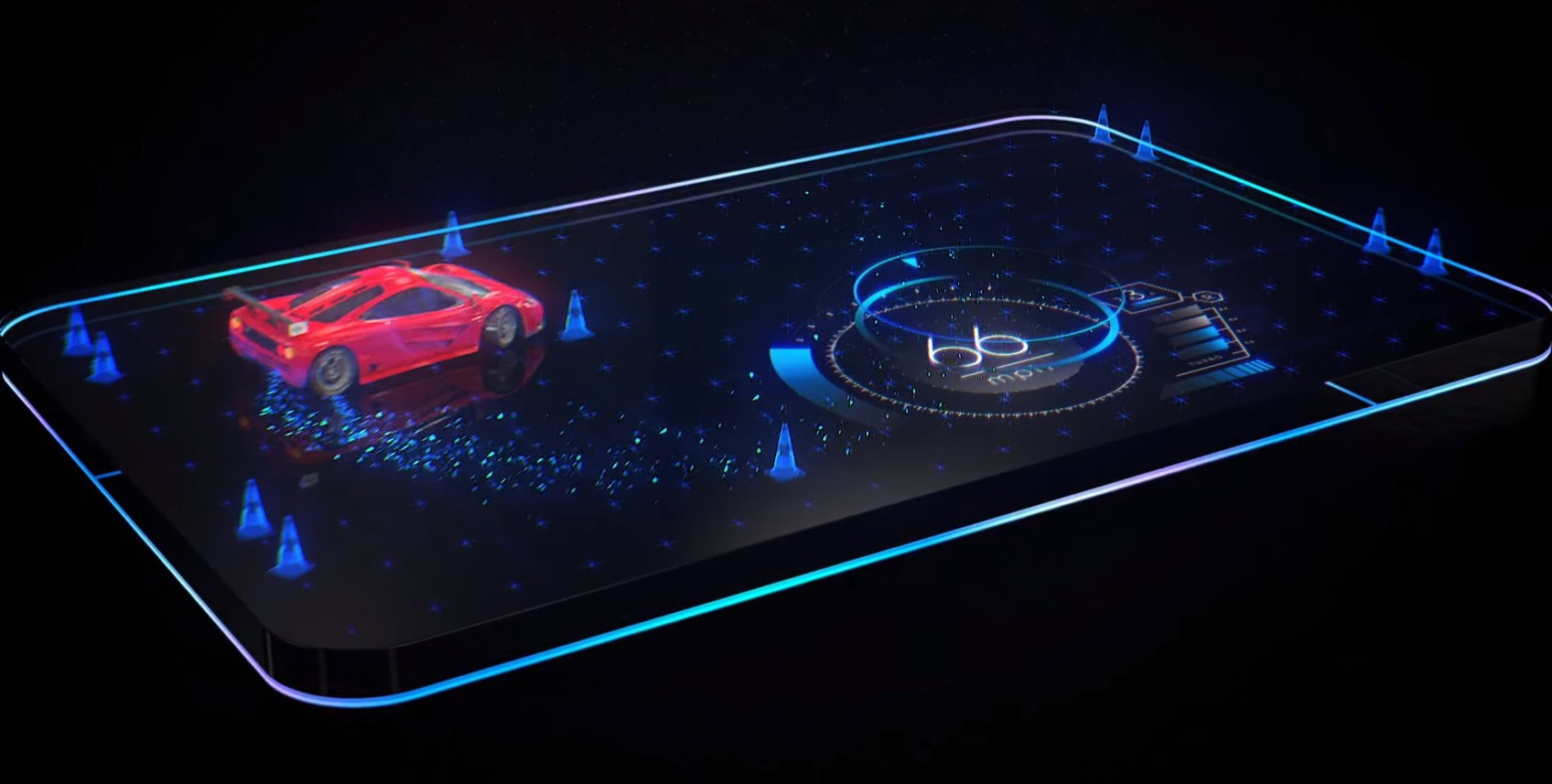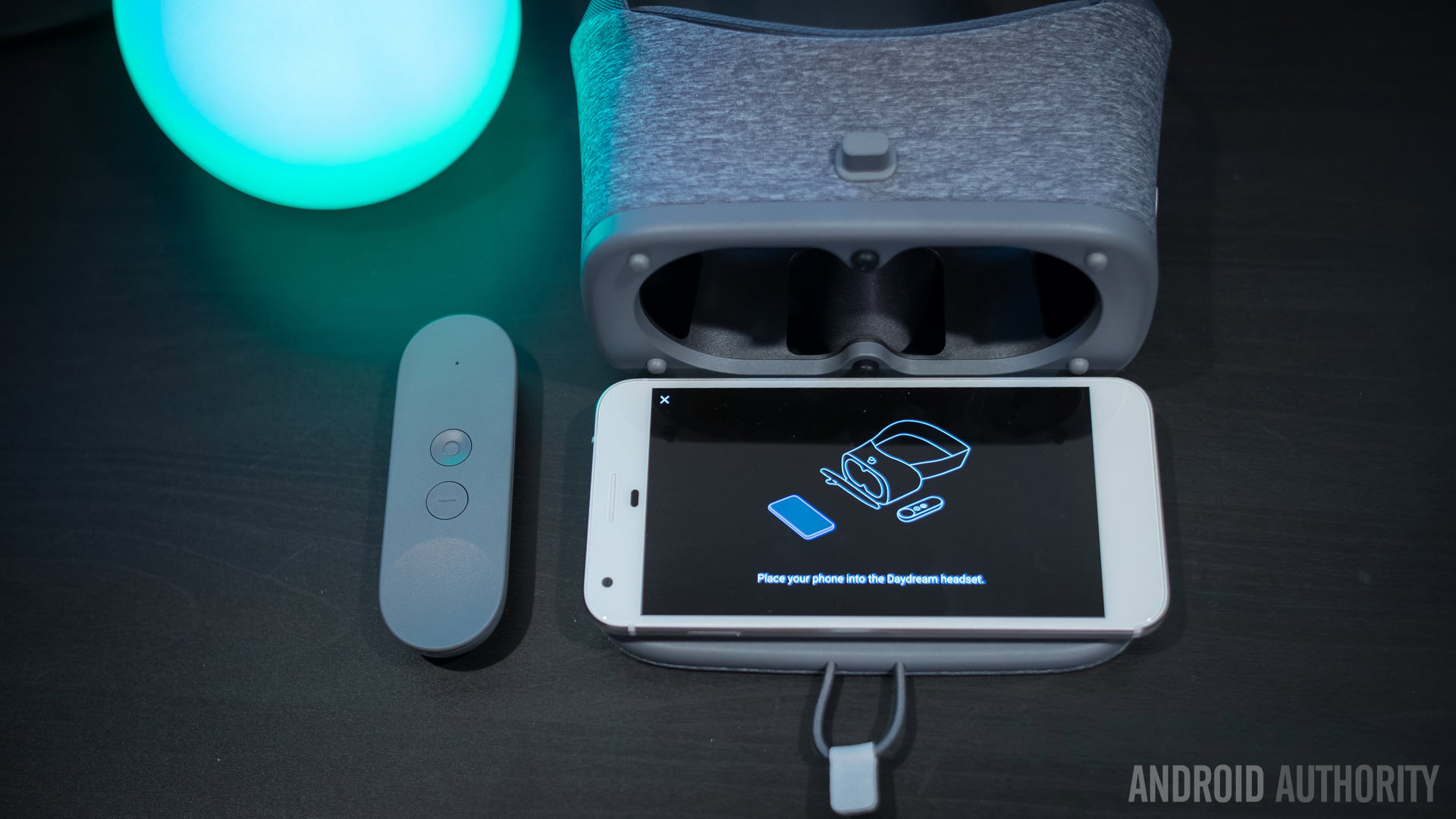Affiliate links on Android Authority may earn us a commission. Learn more.
RED offers more details on how its 'holographic' Hydrogen One phone will work
Published onSeptember 8, 2017

RED Digital Cinema’s Hydrogen One smartphone was announced by surprise a few months back. This will be the camera company’s first venture into the realm of smartphones and its device is set to arrive with a bang.
The smartphone was partially revealed in July and tipped as “the world’s first lightfield ‘holographic’ smartphone,” but little has been revealed about how this holograph tech would work in practice. Earlier today, RED sent out a press release providing a few more details.
RED has partnered with a company called Leia Inc. (as in, Princess Leia — star of the “Help me Obi-Wan Kenobi” holograph video from Star Wars: Episode IV) to develop the display, making use of both Leia’s proprietary screen technologies and software distribution platform to “disrupt the world of mobile entertainment.”

“Leia leverages recent breakthroughs in Nano-Photonic design and manufacturing to provide a complete lightfield ‘holographic’ display solution for mobile devices,” wrote RED in the press release. “The Silicon Valley firm commercializes LCD-based mobile screens able to synthesize lightfield holographic content while preserving the normal operation of the display.”
What is being suggested is that the Hydrogen One will be able to project holographic images from screen — something like an AR experience but without using a viewfinder to put the digital objects in the real world. Instead, it seems that these would just stand on top of the device, like the car and the cones seen in the image above and in the concept video below published by Leia in early 2015.
Whether this technology will work as it’s believed to, or if it will just be some on-screen effect like how the Nintendo 3DS works, remains to be seen, but it has the potential to be one of the most exciting developments in smartphone technology for many years. It could open up entirely new ways to display information — for 3D maps, in particular, it would be very useful. However, as with VR and AR, it would likely be a number of years after its introduction before anything really interesting happens (if at all) and it seems that RED is pursuing the tech for entertainment purposes first and foremost.
You can pre-order the Hydrogen One smartphone in an aluminum or titanium body, coming in at $1,195 or $1,595 respectively from the official RED website now. For what it’s worth, YouTuber Marques Brownlee blurred out a prototype of the Hydrogen One display in a recent video, even though the phone was shot from behind where the contents of a regular display would be completely unseen — so it seems like it’s the real deal.
RED says that the Hydrogen One will be in consumers’ hands in the first half of 2018. Are you excited by the prospect of what the Hydrogen One could offer? Let me know in the comments.